By Larisa Karr, Arts and Features Editor
The mountain culture, the beer and the underlying feel of community: Asheville has a reputation for fostering all of these things.
But this sense of community also comes with a dark side, one rarely associated with a city characterized as a hippie mecca, ready to extend its arms to embrace the vagabonds, artists and activists that tread its streets.
This dark side can be snorted, shot up or swallowed.
“The real addict is brought to the feelings that makes them see life the way they want to,” said Mr. SG, former UNC Asheville student. “Once you know that lens, and you know that you like seeing things through that lens, you just want to keep it on.”
Buncombe County is included in the High Intensity Drug Trafficking Area program, a program funded by federal, state and local governments to curb drug trafficking in critical regions of the United States.
The initiatives are geared toward investigating narcotic transportation through North Carolina, which is considered a primary corridor for the passage of opioids, and most recently, the location of an emerging increase in Mexican black tar heroin, according to the White House website.
Susan Holman, a doctor who specializes in addiction medicine, confirmed that heroin abuse, in black tar and powder form, is alive and real in the Asheville area.
“We used to think of heroin as just sort of a street drug that only down-and-outs used, and boy, has that changed in the last 20 years,” Holman said. “It’s being seen a lot now on college campuses and pretty much everywhere else.”
The rise in heroin abuse is a side effect of the ongoing trend of prescription drug abuse in the United States, which, according to a 2010 survey from the Substance Abuse and Mental Health Services Administration, indicates that individuals age 12 to 25 report the highest rates of nonmedical use of prescription drugs. One counselor said this specific phenomenon extends to UNCA as well.
“In terms of heroin, I don’t think we have an accurate size of the extent, but what we see are students who arrive at UNC Asheville already addicted to pain meds,” said Barbara Galloway, substance abuse counselor at the UNCA Health and Wellness Center. “Then, of course, as college students they can’t afford to buy OxyContin off the street, so they will turn to heroin as a cheaper alternative.”
One of the variables cited as why students may be exposed to drug use is the sense of camaraderie it maintains. Flannery Jones, a junior anthropology student, said there is a sense of community generated through drug use. This stems from people using in groups because it is safer and because they are scared of using by themselves.
Opioid usage could prove to be the Altamont that taints the Woodstock-ian image Asheville strives to create. Derek Plumb, former community director at UNCA, said he believes taking this image at face value could come at a price for students in particular.
“One question I ask students is, ‘Why UNCA? Why here?’ and most students say things like, ‘Well, it’s Asheville,’” Plumb said. “There’s this loaded element about what Asheville brings. I try to get on that level and ask, ‘What is it? Is it the art, the food, the beer?’ And they say, ‘Aw, no, it’s Asheville. You gotta be here.’”
Sidebar
Dr. Susan Holman, a doctor of internal and addiction medicine, suggests that resources are available to help students currently undergoing opiate withdrawal and addiction.
Methadone and suboxone, an opiate used to treat heroin addiction, are common options available in the Asheville area.
“A lot of people on Suboxone are still taking the easy way out, but what they don’t realize is that their addiction is still alive and well,” Holman said.
As such, she said that using Suboxone as the cure-all is like putting duct tape on a crack in the Hoover Dam.
If they have the money, I would strongly suggest they go to residential treatment,” Holman said. “That’s what’s going to work best because you get to detox and you’re in a live-in setting for hopefully 90 days.
Holman advises against looking on the Internet for treatment centers. For recommendations and advice, she suggests contacting herself or Barbara Galloway at the UNC Asheville Health and Counseling Center.
Categories:
Smoke and Mirrors: The dark side of drug use in Asheville
September 16, 2015
0
Tags:
More to Discover

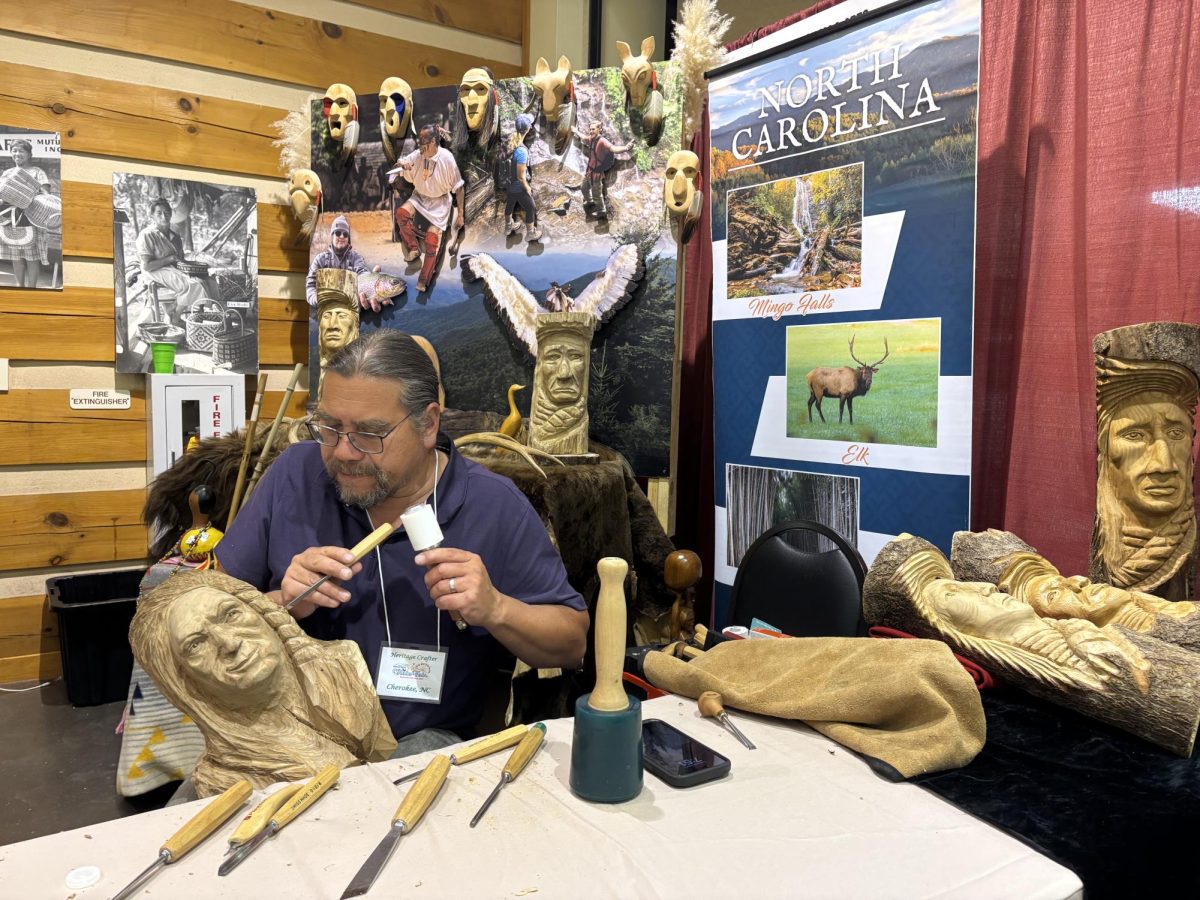
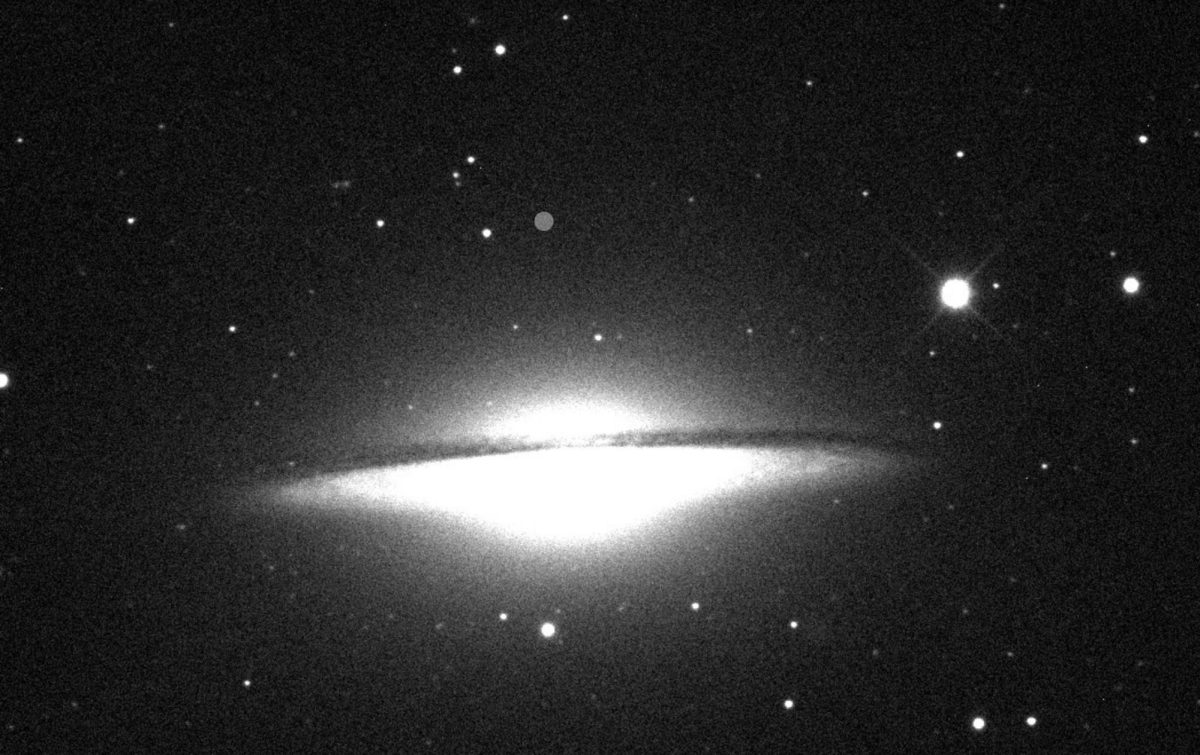

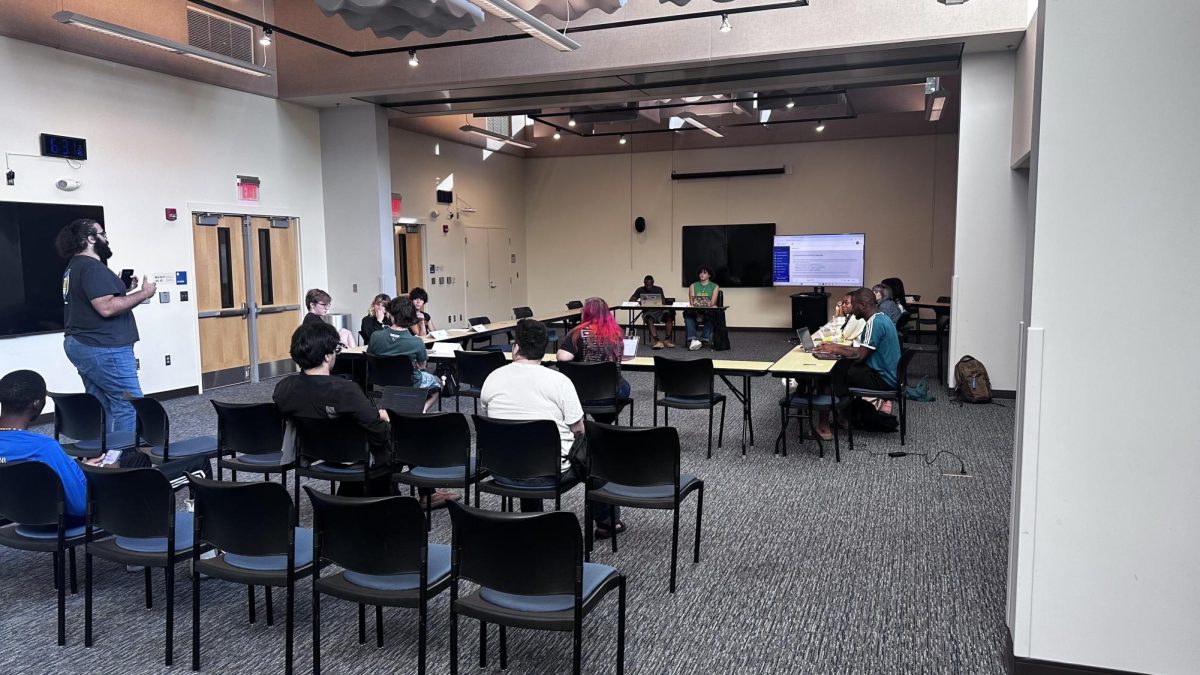






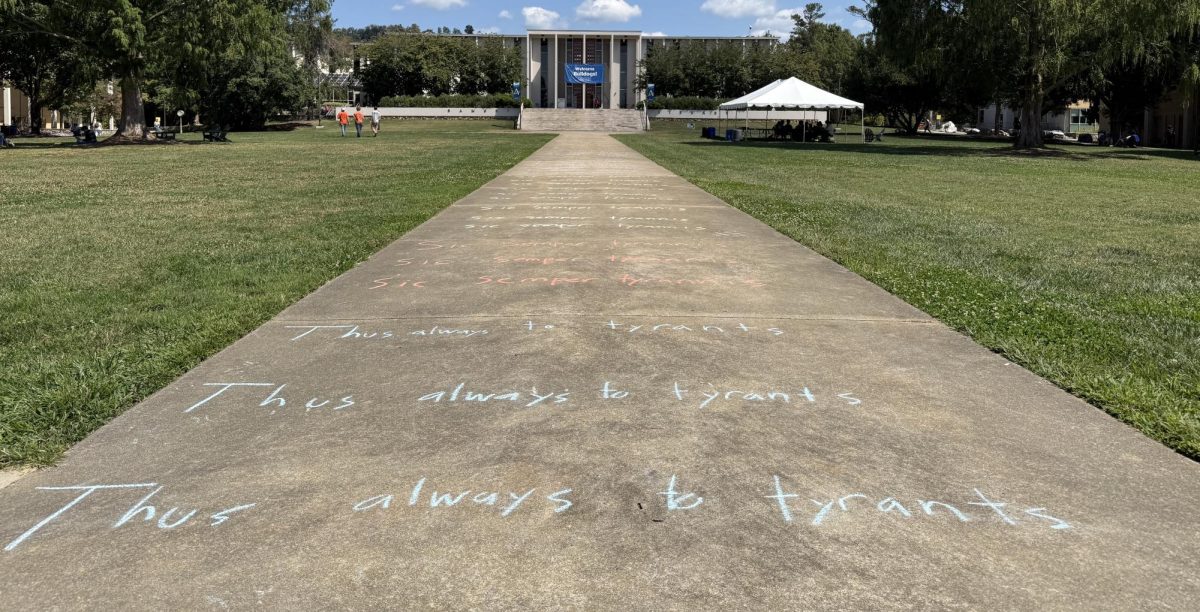
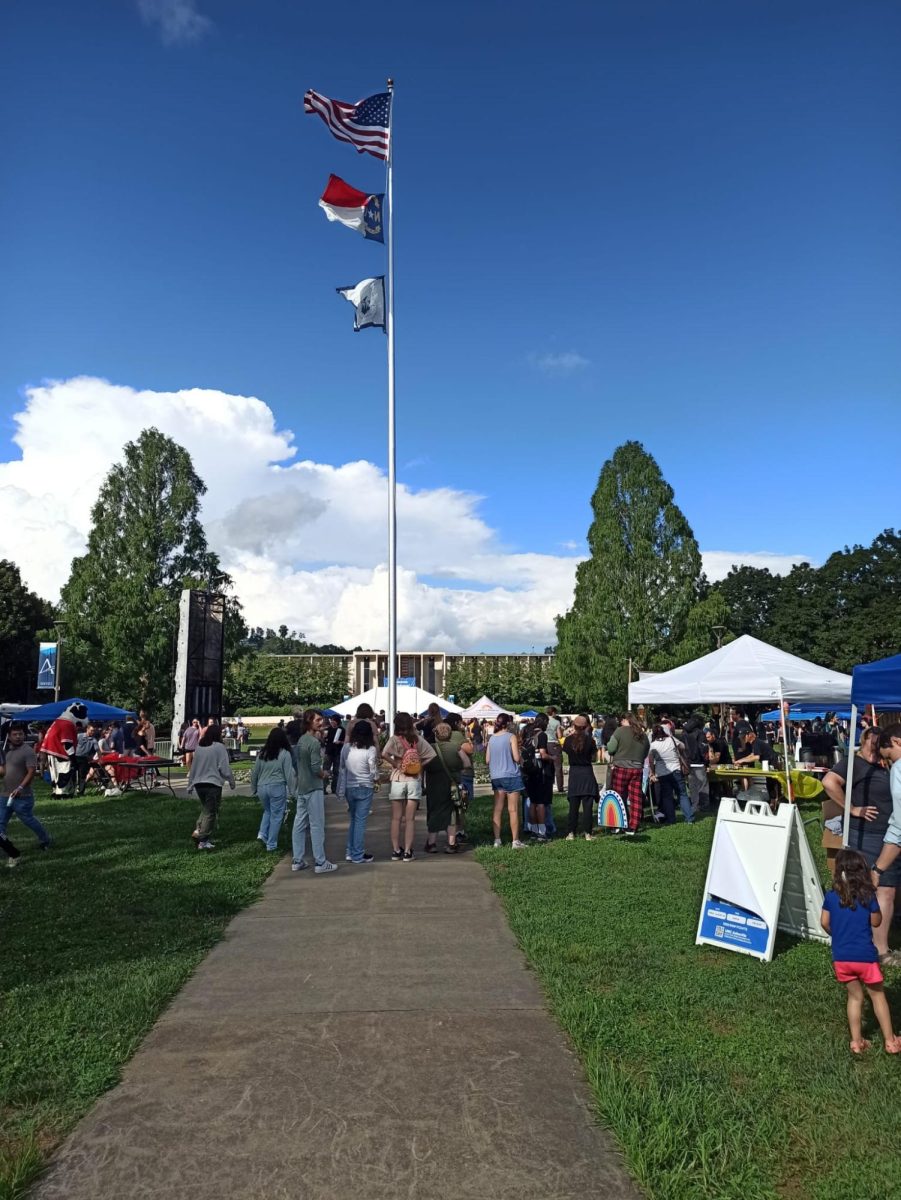






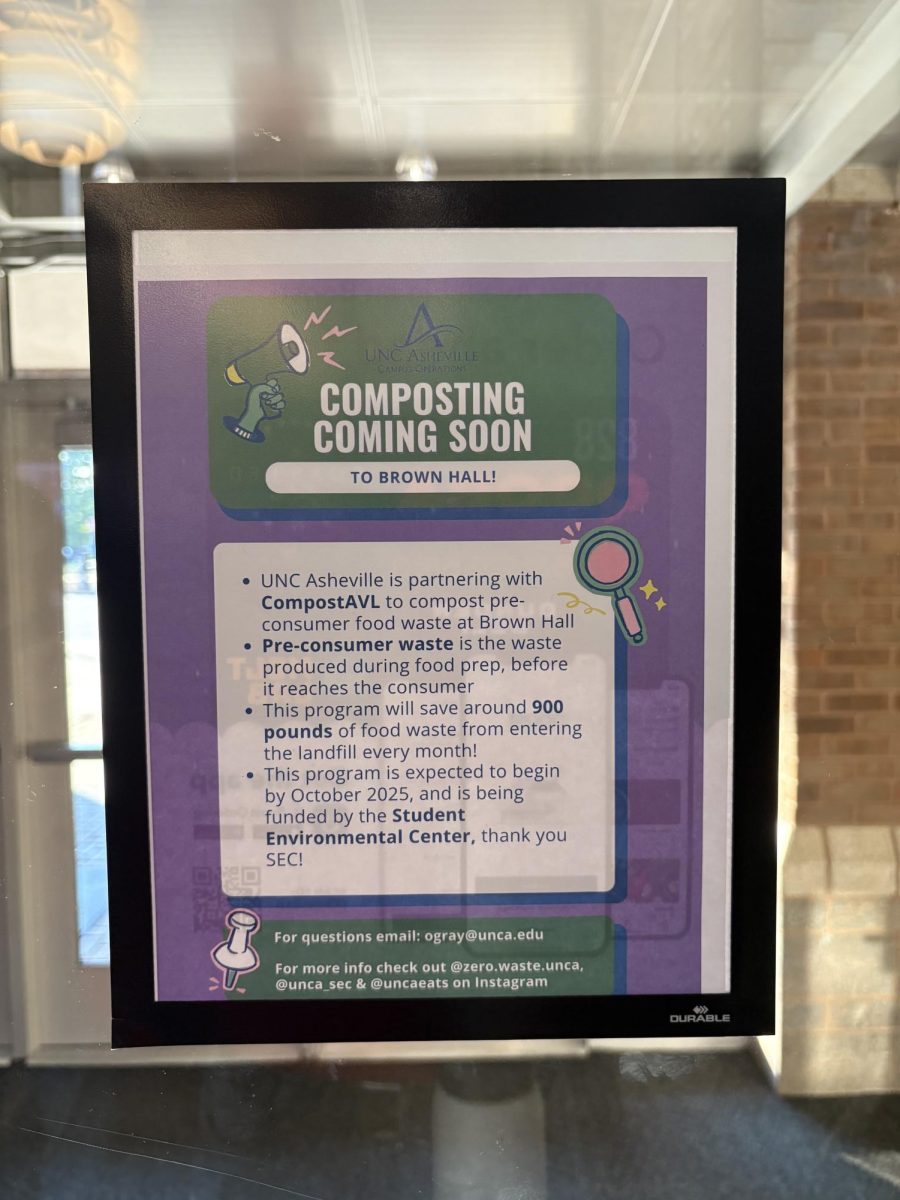
Cheryl • Feb 14, 2018 at 10:32 am
Thank You they are so beautiful and rare. Would love to take a photo of them myself.
Cheryl • Feb 14, 2018 at 10:31 am
Thank You. They are so rare and beautiful. Wish I could take a photo of them myself.